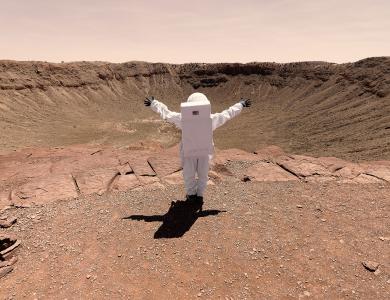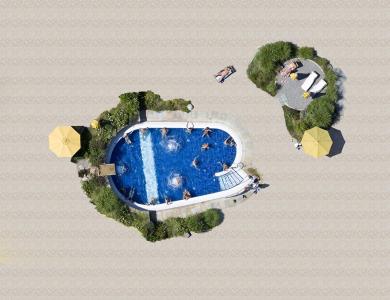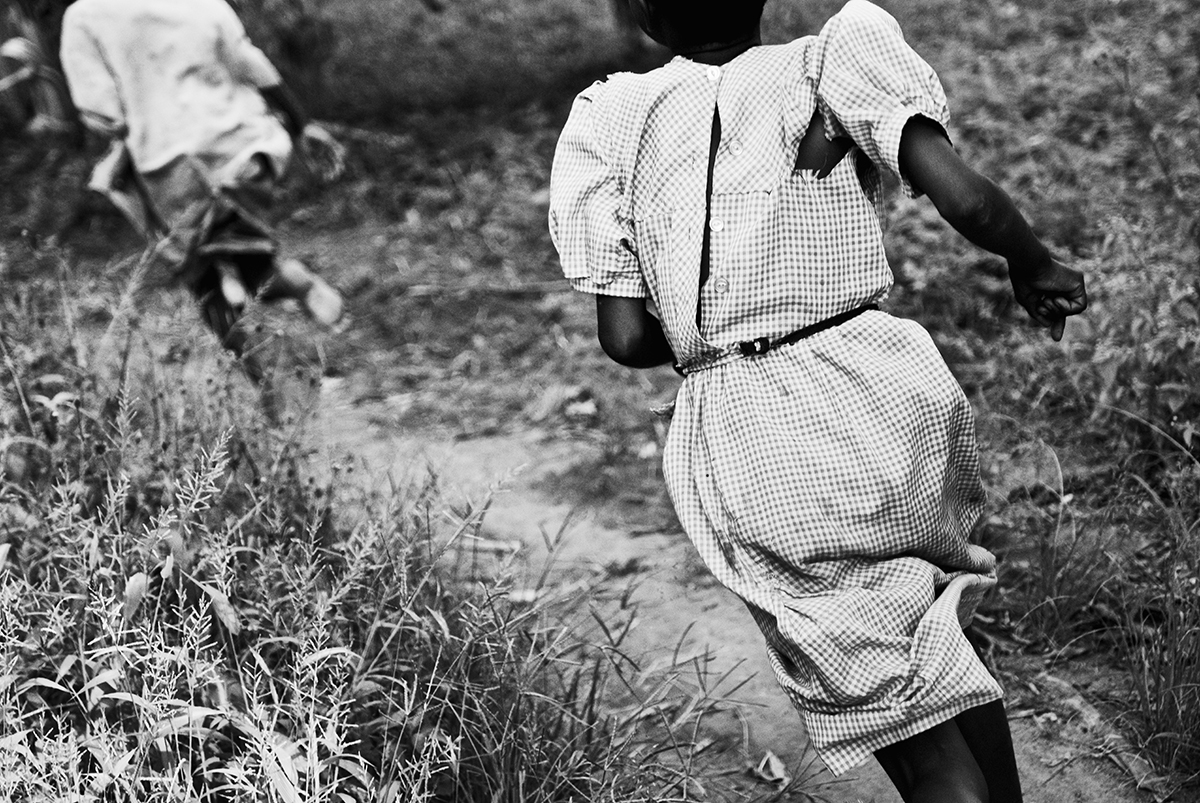 UGANDA. Rakai. 2008. Grace, 15, and Scovia, 12, running - © Anna Boyiazis
UGANDA. Rakai. 2008. Grace, 15, and Scovia, 12, running - © Anna Boyiazis

This blog is part of a series of exclusive interviews with the winners of United Photo Industries’ (UPI) pioneering Brooklyn-based public photography installation THE FENCE.
---
Anna Boyiazis is a documentary photographer based between Southern California — where she was born and raised by her family of Aegean Islanders — and East Africa. Her series ‘Second Wave’ was selected as part of THE FENCE 2015.
Hi Anna, thank you very much for your time. When and why did your journey in photography begin?
I remember being led into our junior high auditorium for an assembly, where black and white films were our initiation to the Holocaust. Stunned, I wondered why nobody had told us about this sooner. And more importantly, why hadn’t anyone done anything to stop it. I’ve never been able to get those images out of my head. My journey in photography began upon seeing them — They inspire me.
My drive to be out in the world — engaging with and documenting it, while using my voice for advocacy — has a very strong pull. It’s what I feel most alive doing. When my mom was diagnosed with her first bout of breast cancer, I was hit with the reality that life is short and that we only get one chance at it. My involvement with photography deepened in 2006, inspiring a mid-career transition. I have since directed all my creative energy toward photography.
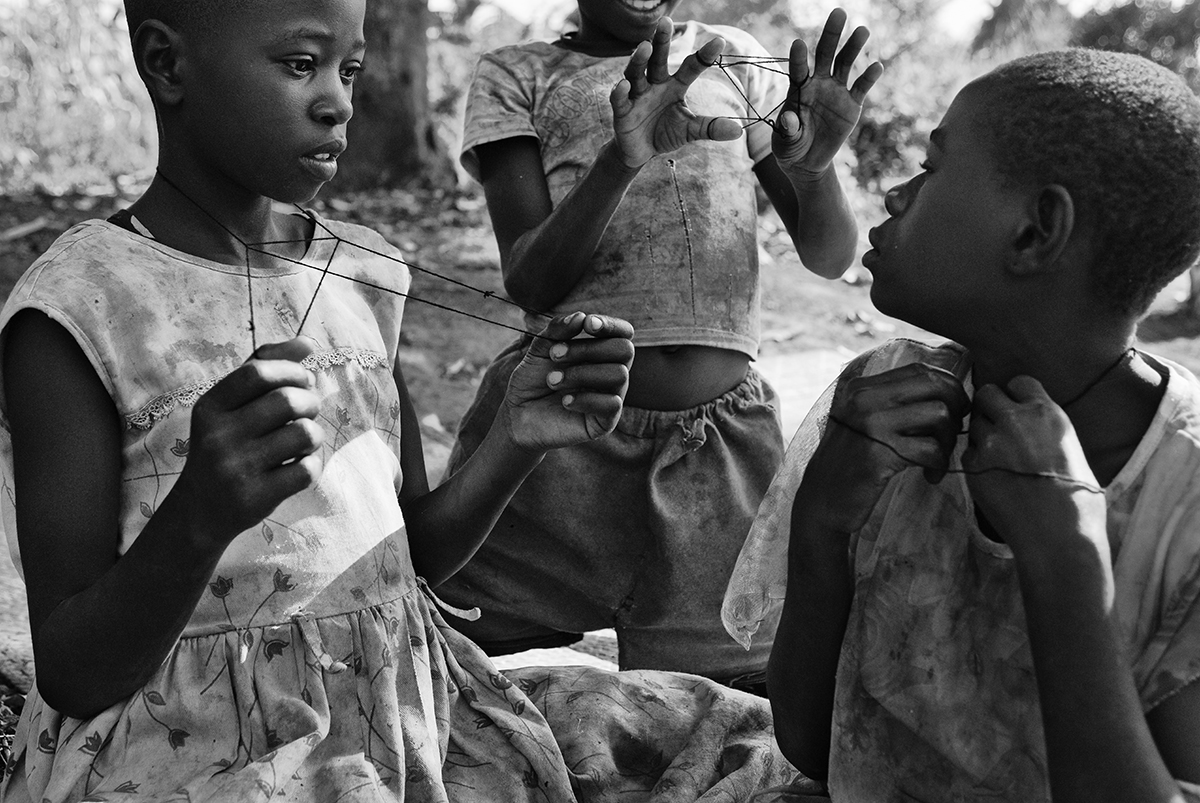
You were born and live in Southern California, but your grandparents are from the Aegean Islands. How has this cultural enrichment influenced your documentary photography in East Africa?
All of my grandparents were born on the island of Symi. My paternal grandparents immigrated to Southern California because the climate and geography reminded them of Greece. As a native Angeleno, I’ve been invariably drawn to the natural world and have enjoyed being in the water, on the sand and exploring our canyons.
My maternal grandfather spent his adolescence in Port Said, Egypt. He was a vivid storyteller; I was his captive audience, thirsty for every detail. A story he often recounted was his journey with an Italian passport from Africa to Ellis Island, via Marseille and Paris during the 1920s. Most memorable — and dear — was his description of all the people he met along the way. I have an undeniable affinity for the African continent and always feel close to my grandfather — and by extension, my grandmother — while I am there.
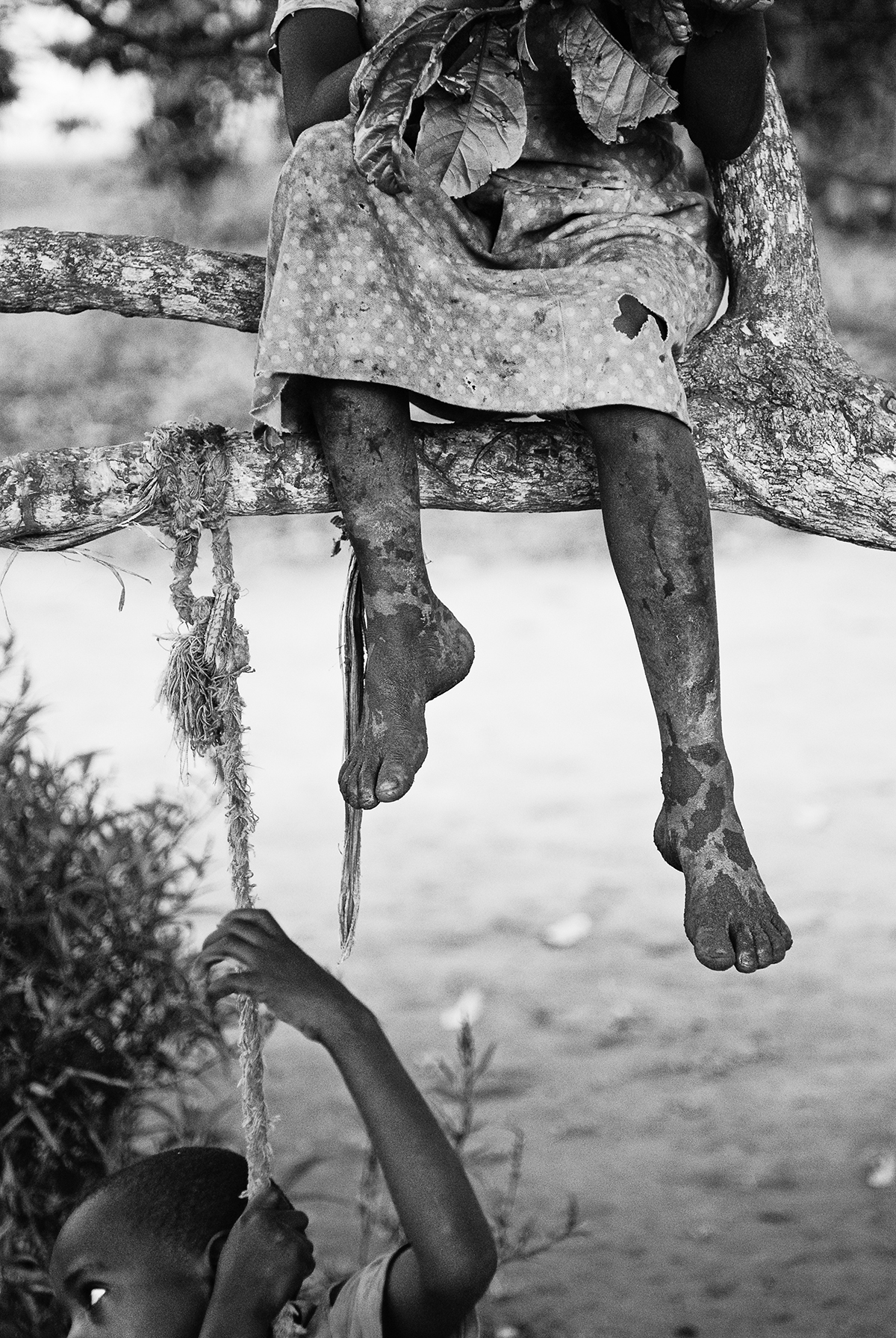
Your series ‘Second Wave,’ which documents what it feels like to be a kid in the epicentre of the AIDS pandemic, was selected as part of THE FENCE 2015. What urged you to document this issue? And what feedback have you obtained thanks to the exhibition?
In 2006, I read that sub-Saharan Africa would soon be home to more than twenty million AIDS orphans, then met a family of children in a remote paradisiacal village in the Rakai district of Uganda. I’ve returned to this village for five periods of two months, and have allowed these children to guide me through their world. Documenting what it feels like to be a kid in the epicenter of the AIDS pandemic, I’ve attended school, gardened, “swam,” and foraged with them for both fruit and insects.
I’m thankful to United Photo Industries for featuring images from this long-term body of work on THE FENCE. THE FENCE is an excellent way to introduce images to new audiences. I’ve treasured the messages I’ve received from viewers who have experienced a personal connection to the photographs and were reaching out to engage with them further. It’s been equally exciting to receive pictures from friends of friends who’ve stumbled upon the work unexpectedly.
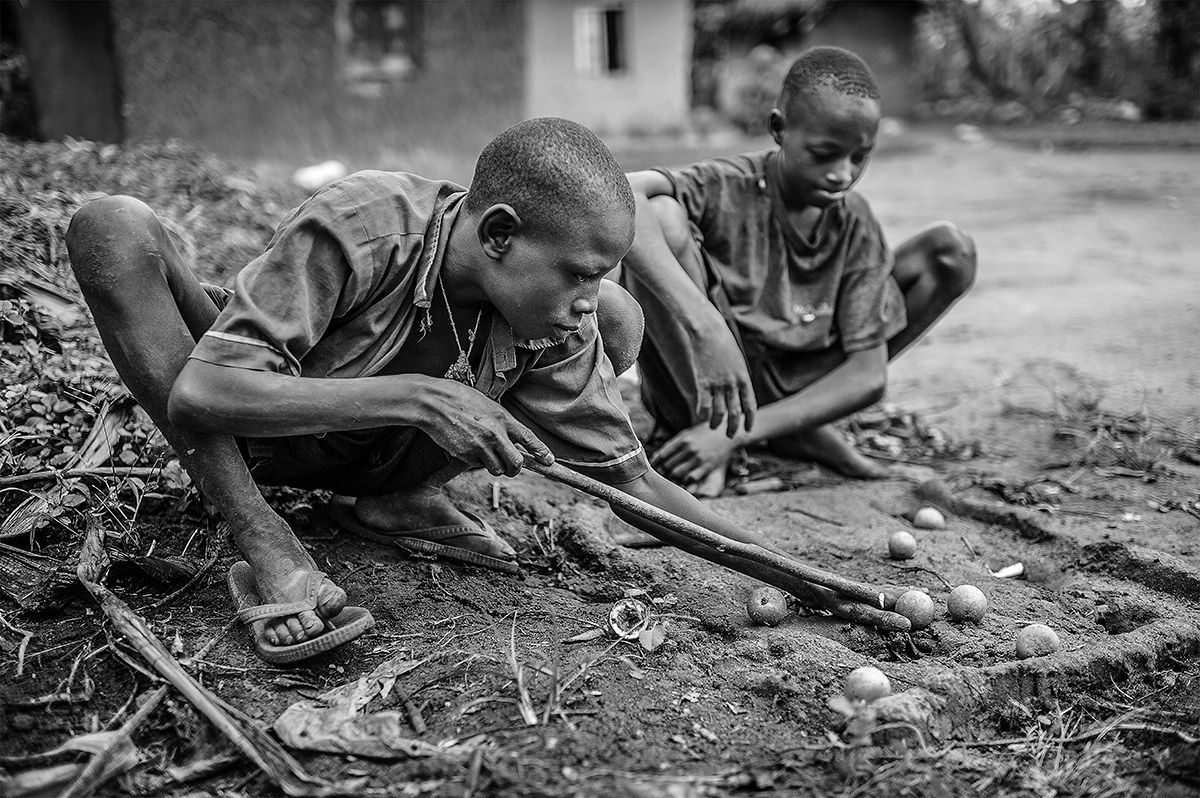
What was the most difficult part of this project and what was the most inspiring?
In November 2014, I was arrested and detained by the Ugandan equivalent of the CIA. For hours, they threatened to throw me in jail, while accusing me of being a terrorist. Reporters Sans Frontiers (Responsable du Bureau Afrique, Paris), to whom the incident was reported, attempted to apprise the police department of the fact that they were being watched, while U.S. Embassy Kampala personnel communicated that I was too far out to receive assistance during my two-week investigation.
I lost my mom during these two weeks. She was not only my dearest friend, but an ardent champion of this work. When I received the news, I was both shocked and relieved. Relieved, because she had been suffering for some time. And shocked, as it was her wish that I stay put to complete the work that I’d set out to do. (Only recently did I realize that I probably wouldn’t have gotten very far had I tried to leave the country.) Needless to say, it took every ounce of me to continue shooting — Not only did I feel physically vulnerable, my heart was in pieces. When I returned to Uganda in 2015/16, her absence was palpable. I was bombarded all over again, as if her loss had just happened. I missed her ear, support, encouragement and friendship so much that it felt unbearable at times — Like the pain was about to swallow me whole.
Now, the most inspiring...
Actively advocating the urgent need for education and a girls right to it early in life, I established a partnership with the Jane Goodall Institute, to whom I proposed giving underwear to every girl in Uganda. It’s impossible to wear a sanitary pad without it, and girls with neither miss up to a week of school per month, contributing to their dropping out altogether. Championing the potential of girls, I’ve collected, then hand delivered, 14,375 pairs of underwear to Entebbe, Uganda — thus far — encouraging more than 2,875 girls to continue studying. The impact of this effort has been nothing short of extraordinary, with primary school enrollment for girls now exceeding enrollment for boys in communities served. The Jane Goodall Institute Uganda considers this their most important project. In addition to changing the trajectory of lives through education, we’re directly decreasing population growth and deforestation, while lessoning reliance and encroachment on limited natural resources and chimpanzee habitats.
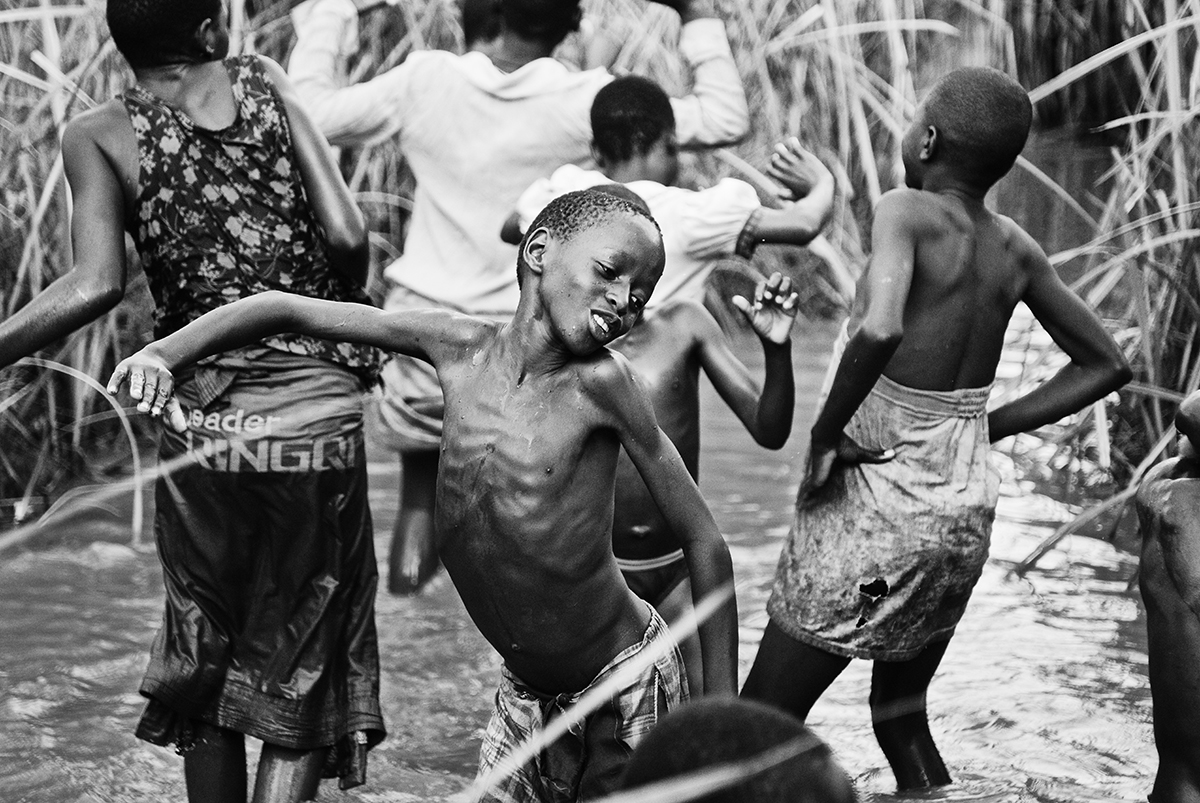
What's next for you?
I returned from Africa a day ago, and am in my cocoon editing the landscape and contextual images that compliment my existing portraits. After refining these images, then weaving my favorites into the existing narrative, my focus will turn toward the publication, exhibition and permanent acquisition of this long-term body of work. Until now, I’ve been advised to embargo the project through completion, and have done so for years. Shepherding these photographs out into the world is something I’m really looking forward to.
My focus will also shift toward assignment work — both editorial features and collaborative work with international aid agencies — as I gain access to additional projects that I’ve been busy ideating. While I aim to spend more time living and working abroad, I’ve noticed (surprisingly!) that my interest in covering stories close to home is growing as well. That said, I am incredibly thankful for the opportunity and freedom to toggle between worlds, and look forward with excitement and a certain amount of giddiness to what I’ll be creating next! The BEST is yet to come.
Interview by Valentina De Vincenti


